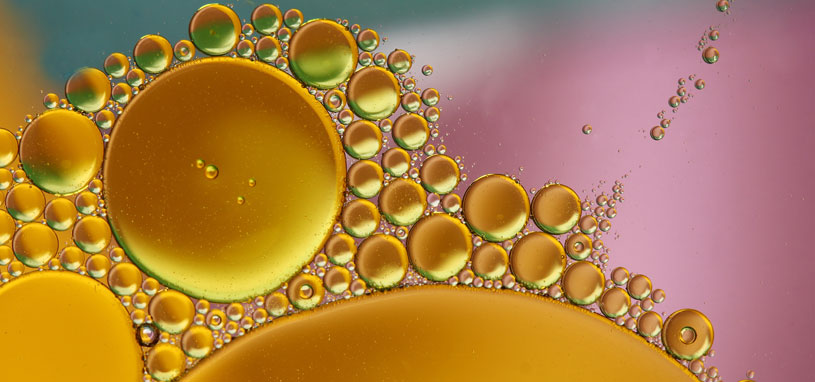How to choose an oil water separator
Not every oil is the same. Some oils are very thick (more viscous) and stick together, others are much thinner (less viscous) and more easily separate into smaller droplets when mixed with water. Choosing an oil water separator requires matching your wastewater quality with the right technology for oil removal. One of the key parameters for matching effluent water quality with an oil water separator is the oil droplet size.
For expert advice on wastewater treatment and oil water separators, talk to the team at Cleanawater. Our technicians will provide tailored advice so you can get the right oil water separator for your needs.
What is oil droplet size in water?
Oil and water don’t mix. But, when oil is carried along in a flowing stream of water, the oil separates into small droplets due to the turbulence of the flow. Depending on the type of oil, the flow rate and amount of turbulence, the droplets will vary in size.
The size of oil droplets is measured in microns, which is one thousandth of a millimetre. They are too small to see with the naked eye. Droplet size must be measured by analytical techniques to obtain a quantitative measure for your specific wastewater stream.
What are the typical oil droplet sizes in my industry?
It is also helpful to note that certain industries tend to have consistent oil droplet size in their wastewater due to the common oils and products used in the industry. Knowing the industry norms can give you a good benchmark to compare your own wastewater results. It can also be helpful when you are in the design stage and do not yet have a sample of wastewater generated by your own facility.
| Industry | Typical oil droplet size |
|---|---|
|
Refuelling bays |
60 microns |
|
Fuel storage areas |
60 microns |
|
Vehicle wash downs |
20 to 40 microns |
|
Workshops |
15 to 25 microns |
|
Dairy processing |
2 to 40 microns |
|
Industrial cutting oils |
20 to 40 microns |
Why does oil droplet size matter?
The smaller the oil droplets, the harder it is to separate the oil from the water. In extreme cases, the oil and water actually form an emulsion. The presence of some chemicals in the wastewater stream can also cause an emulsion to form. Under these conditions, oil water separators will not work to remove oil from the water.
The larger the oil droplets, the easier it is to separate the oil from the water. Typically, thick or viscous oils from large droplets because of the tendency of the oil to stick together, even in high flow or turbulent conditions.
How do you measure oil droplet size?
The most widely accepted analytical technique for measuring the size of oil droplets is a Video Particle Analyser. The principle of this equipment is that a sample of the oily water is passed in front of a lens. The analyser uses sophisticated algorithms to quantify oil droplet size.
A simple technique for determining the approximate size of oil droplets is to use Stokes' Law. Take a sample of wastewater and leave it to stand while the oil slowly rises to the surface and accumulates there. There is a mathematical relationship between the time it takes for the oil to rise to the surface and the droplet size of the oil. The larger the oil droplet size, the quicker it will rise to the surface. Using the equation and a measurement of the time for the oil to rise, you can determine an approximate oil droplet size.

Matching the right oil water separator to your droplet size
Coalescing and Vertical Gravity Separators are primarily suited to the larger oil droplet sizes of approximately 60 microns. The tendency of the oil droplets to stick together causes them to attach to the coalescing plates, while their larger size causes them to rise rapidly to the surface.
Hydrocyclone separators can be used for any oil droplet sizes. However, they are especially suited to smaller droplets, which cannot be processed with coalescing or vertical gravity separators.

Contact Cleanawater for more information about oil water separators and oil droplet size
Cleanawater has over 20 years of experience in water treatment products and services. We understand the Australia market and operating conditions as well as the regulator’s requirements. Let us help you to identify your wastewater processing needs and the ideal oil water separator for your application. We offer highly technical expertise, excellent quality equipment and a personalised approach to your business’ needs.
Find out more about oil water separators or call our expert team on 1800 353 788 today to arrange a consultation.
Must Read
What to Expect During a Modular Wash Bay Installation
CleanaWater, we make the process of installing a modular wash bay on your site as smooth and straightforward as possible. ...
Read moreThe CleanaWater Team Driving Water Treatment and Sustainability
CleanaWater is powered by a dedicated team of professionals who bring expertise and passion to every project. ...
Read more